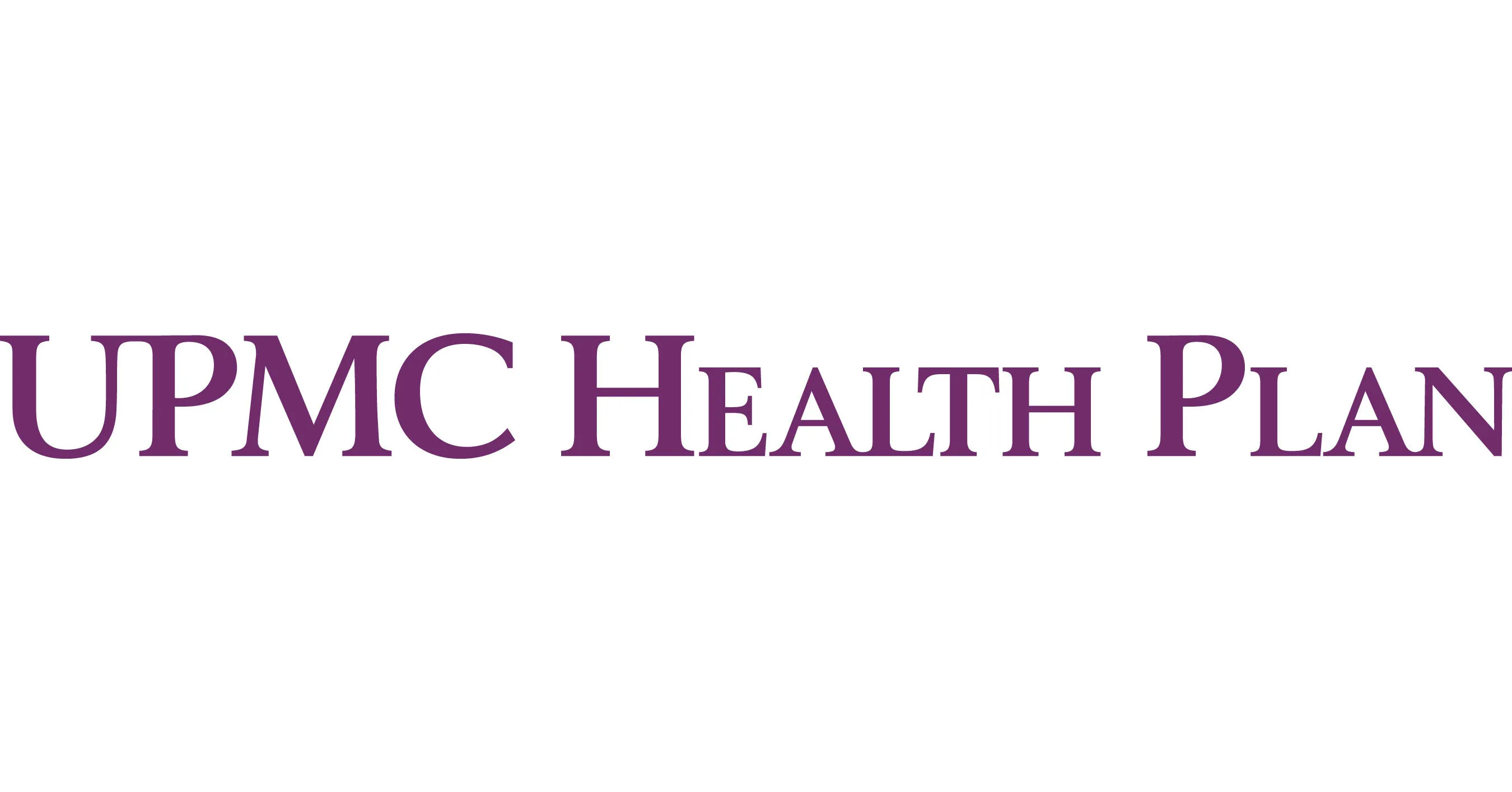
The Role of Cholesterol Management in Cardiovascular Risk Reduction

Key Takeaways
- LDL cholesterol contributes to ASCVD through arterial plaque formation, while HDL aids in cholesterol removal and has protective properties.
- Risk factors for hypercholesterolemia include age, genetics, lifestyle, and comorbid conditions like diabetes and hypertension.
Erin McConnell, PharmD, discusses the importance of effective cholesterol management for preventing heart disease.
Erin McConnell, PharmD, program manager, pharmacy quality at the University of Pittsburgh Medical Center, sheds light on the integral role of balanced LDL and HDL in disease prevention and adverse event mitigation.
Pharmacy Times: Can you speak to the clinical significance of LDL and HDL cholesterol, considering risk factors and their impact on different disease states?
Erin McConnell, PharmD: There's a reason why low-density lipoprotein, or LDL, has been deemed bad cholesterol. It promotes arterial plaque formation, which can lead to heart attacks and strokes, along with high total cholesterol, high LDL cholesterol has been shown to contribute to the development of atherosclerotic cardiovascular disease or ASCVD. Our aim as practitioners is really to keep these levels at or below goal. The goal level varies by patient and depends on patient demographics, like age, gender and smoking history and the presence of other conditions such as ASCVD already being in place, or other comorbid conditions like diabetes and hypertension. When levels rise above goal, lower dietary intake of foods and higher in saturated fats and cholesterol, as well as targeted drug therapy can be utilized to help lower this LDL cholesterol.
On the flip side, we do consider high-density lipoprotein or HDL to be the good cholesterol, since it plays an important role in removing cholesterol from the peripheral tissues back to the liver. HDL is also known to have anti thrombotic, antioxidative and anti-atherogenic properties, which leads to ASCVD risk reduction. And for this reason, we want to see that HDL level be a little bit higher, so at least 40 milligrams per deciliter in males and at least 55 milligrams per deciliter in females. Exercise is the best way to increase the HDL cholesterol level at this point in time; although, there are some drugs in the pipeline which are looking at ways to increase HDL through different mechanisms.
Pharmacy Times: What are the primary risk factors for hypocholesterolemia and how do genetics, diet and lifestyle contribute?
McConnell: A lot goes into determining the risk for a patient for developing this condition. The primary risk factors include age so 45 and older for males and 55 and older for females and positive family history of premature ASCVD development. So, in patients that would be less than 55 for males and 65 in females, patients having hypertension, diabetes, patients who smoke, and those who have low HDL cholesterol, which would be the levels lower than what I previously mentioned. So, those are the primary risk factors.
Additionally, there are genetic mutations which can lead to autosomal dominant, familial hypercholesterolemia, either homozygous, which tends to have like the highest levels of LDL, and then heterozygous. There are also genes that cause defective apolipoprotein B and loss of ligand bonding to LDL receptors. And finally, gain of function in the PSCK9 gene, which all cause high LDL. There are a lot of drugs that target these specific issues. There are other genetic causes, including autosomal recessive hypercholesterolemia, hypercholesterolemia and polygenic hypercholesterolemia.
And finally, ethnicity can play a role too. So, you need a lot of things to consider there. From even just the genetic standpoint, there are other secondary causes of hypercholesterolemia, which are other diseases like hypothyroidism, nephrotic syndrome, cholestasis and pregnancy. Certain medications can also cause hypercholesterolemia, and we think about drugs like cyclosporine, thiazides and other types of diuretics. It's really important to look at the full picture of the patients and consider the presence of these conditions and the other medications patients are taking when evaluating them. And then lastly, diet is a is a huge factor as well as the patient's activity level. So, a diet that's high in total calories and saturated and trans fats, as well as a sedentary lifestyle, all can increase the risk of developing hypercholesterolemia.
Pharmacy Times: What role do lipid lowering therapies play in secondary prevention, and how do you approach treatment adherence in high-risk populations?
McConnell: For secondary prevention, there is evidence from several different types of studies, and from what we know about the genetic forms of hypercholesterolemia, that having high serum cholesterol and high LDL can contribute to ASCVD. Therefore, it's really important that we have lipid lowering therapies on board. They can play a role in both secondary and primary prevention. As I've mentioned, a lot of the drugs like statins, the PCSK9s, and ACLI inhibitors definitely have data to show that they play a role other than lipid lowering themselves. So generally, we do want total cholesterol to be less than 150 milligrams per deciliter, the LDL cholesterol to be less than 100 to lower that risk of developing ASCVD, but we know that certain populations may benefit from having lower goals than that. In addition to the LDL lowering the statins, PCSK9 inhibitors and the ACLIs, as I mentioned, have demonstrated efficacy in preventing subsequent events from occurring. So even if a patient is at or below their goal is important to have therapy on board, and that's been kind of a challenge that we've been working through with our providers and patients and really trying to get them to understand that they still need to be on therapy, even if everything's looking good from a lab perspective.
In the treatment of these high-risk populations, we do follow guideline recommendations from the AHA, ACC and ADA, the American Diabetes Association. We work really hard to educate both providers and patients of the importance of statin therapy in cardiovascular risk reduction in addition to their LDL lowering capabilities, if that's needed. And we provide creative solutions for using statin therapy, even if the patient has concerns or has had a side effect, such as myopathy or myalgia in the past. And we do this by suggesting lower doses or alternative dosing to get started, or by switching statin therapies. If you know only one has been tried, maybe they could use a different one. If statin therapy truly is not an option, the statin dose cannot be increased to an appropriate intensity level, or the statin alone is not enough. We do recommend, from the alternatives I mentioned earlier, to target specifically what is going on with the patient, keeping in mind the cardiovascular outcomes of these agents, as well as the formulary placement and cost for the patient.
Newsletter
Stay informed on drug updates, treatment guidelines, and pharmacy practice trends—subscribe to Pharmacy Times for weekly clinical insights.














































































































































































































